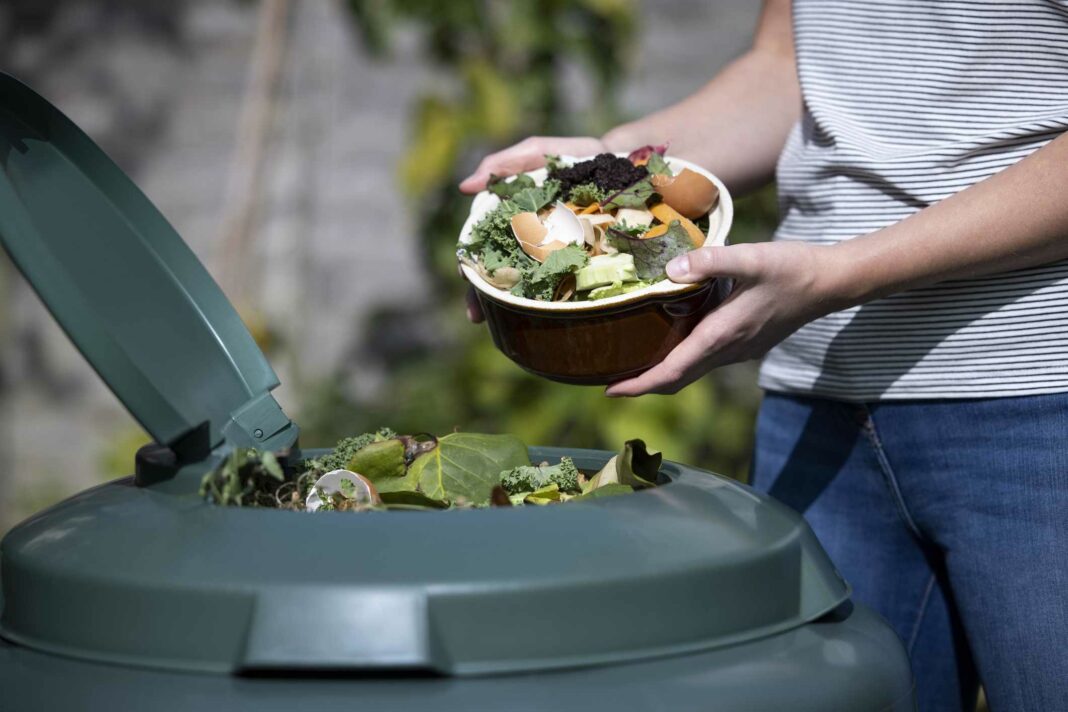Can You Compost Bread? What to Know When Adding a Loaf to Your Pile
Composting is a great way to reduce waste and create nutrient-rich soil for your garden. Many people wonder if they can compost bread, as it is a common household food item that can easily go to waste. The short answer is yes, you can compost bread. However, there are some things to consider when adding a loaf to your pile.
Why Compost Bread?
Bread is a biodegradable material, making it suitable for composting. When bread breaks down in a compost pile, it adds carbon to the mix, which is essential for a healthy compost pile. Composting bread can also help reduce food waste and save money on trash disposal.
Things to Consider When Composting Bread
While bread can be composted, there are some factors to consider when adding it to your pile:
1. Mold
Bread can easily develop mold if not stored properly. If you notice mold on your bread, it is best to avoid composting it, as the mold can spread to other materials in your pile and slow down the decomposition process.
2. Animals
Bread is attractive to animals such as rats, mice, and birds. To avoid attracting unwanted critters to your compost pile, consider burying the bread in the center of the pile or covering it with other materials.
3. Carbon-to-Nitrogen Ratio
Bread is high in carbon, so adding too much bread to your pile can throw off the carbon-to-nitrogen ratio. It is recommended to balance bread with nitrogen-rich materials, such as grass clippings or fruit scraps, to maintain a healthy compost pile.
How to Compost Bread
Here are some tips for composting bread effectively:
1. Break It Up
To speed up the decomposition process, break up the bread into smaller pieces before adding it to your pile. This will help the bread break down faster and prevent large chunks from attracting pests.
2. Cover It Up
After adding bread to your compost pile, cover it with a layer of brown materials, such as leaves or shredded paper. This will help contain any odors and deter animals from digging into the pile.
3. Monitor Moisture
Bread can add moisture to your compost pile, so be mindful of the moisture levels. If your pile becomes too wet, add dry materials like straw or cardboard to absorb the excess moisture.
Conclusion
Composting bread is a great way to reduce food waste and create nutrient-rich soil for your garden. By following the tips mentioned above, you can effectively compost bread without attracting pests or throwing off the carbon-to-nitrogen ratio. Remember to monitor the moisture levels in your pile and balance bread with nitrogen-rich materials for a healthy compost pile.
FAQs
Can I compost bread with mold on it?
It is best to avoid composting bread with mold on it, as the mold can spread to other materials in your pile. Dispose of moldy bread in the trash instead.
How long does it take for bread to compost?
Bread can take several weeks to several months to fully compost, depending on the size of the pieces and the conditions of your compost pile. Breaking up the bread into smaller pieces can help speed up the process.
Can I compost store-bought bread with preservatives?
Store-bought bread with preservatives may take longer to compost due to the added chemicals. It is best to opt for organic or preservative-free bread for faster decomposition in your compost pile.




